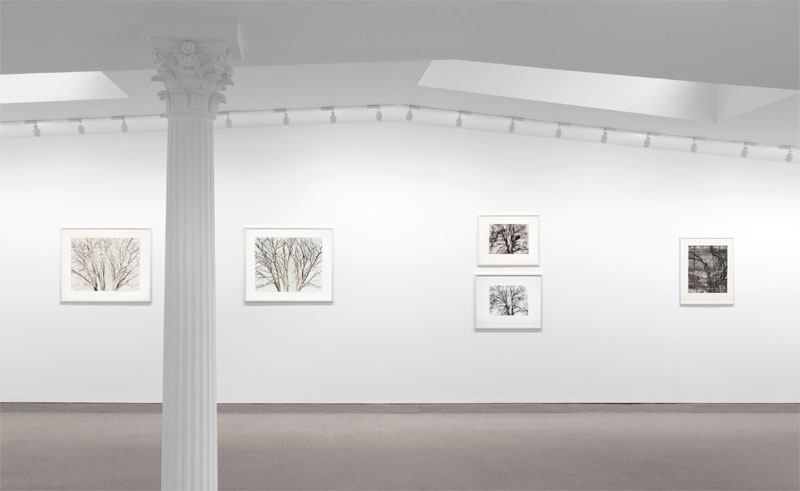
Exhibition View
Varying the Chorus presents works by four artists with very different foci yet shows the overlaps, similarities and sympathetic tendencies among them. Each artist has had a unique path in their art-making and the works within this exhibition represent pivotal moments for each of them.
A master of etching, lithography, silkscreen and woodcut, Michael Mazur moved through his career with more and more interest in painting and the monotype. These techniques helped Mazur consciously give up some control. As the poet John Yau has written, “As an artist who had mastered line and contour and all the techniques of etching, Mazur had to undo his own training, what could have become habits of thinking and doing, in order to move on…For Mazur, his trip to China in 1987 prompted him to reevaluate his entire approach to subject matter, mark-making and composition.” As seen in the works in this exhibition, Mazur balances between figuration and abstraction, but not merely in the familiar way. His “figuration” was his use and personalization of the traditional depiction of space vertically in Chinese scroll painting, mixed with the representation of life through an EKG monitor and it’s electronic translation of something living into a visual presentation. Key to remember (and easy to see when looking at the works) is that Mazur’s works are not a simple post-modern juxtaposition, but a fully entangled space where these figurations, along with key gestures of process are left bare in order to both unify and diversity the visual fields in the works.
Sylvia Plimack Mangold’s trajectory, while different than Mazur’s, is nonetheless a dynamic one that, without close attention, can appear perplexing to many. Coming to prominence in the early 1970’s with works of austere imagery of floors, mirrors and rulers, Plimack Mangold engaged the process of making imagery within her imagery (consider her later images of masking tape and the subsequent images of tape surrounding images of landscape). This partly led to a focus on the subjects within the landscapes – trees. Over the proceeding 30+ years, Plimack Mangold has devoted much of her practice to creating images of a few specific trees. In Varying the Chorus, Plimack Mangold’s Pin Oak is highlighted. Covering fifteen years, the four works not only demonstrate the changes in the tree, but also changes in the artist’s mark-making, perception and approach.
Over the forty-plus years that Brice Marden has been making prints, his imagery and interests have continually morphed. However different the recent prints are from the earlier ones, they do have a good number of similarities. “Marden has always been receptive to accident, has always drawn with a combination of nervous and assured line and has respected the flatness of the picture plane while searching for depth either through line or layering. The composition has always been governed by an organizing grid and has remained resolutely abstract while assuming wider connotations beyond art itself. Finally, however restrained or impassive Marden’s work has appeared to be it has never been unyielding and has always been expressive of emotions,” (Jeremy Lewinson in Brice Marden Prints 1961 – 1991, p. 55). Marden has always stated that his work is much more of a continuation of Abstract Expressionism than the Minimalist aesthetic of such artists as Donald Judd. When looking at the line work in the etchings on exhibit, it is easy to see this as “Marden combines broad slashing bands with filigree threads, stuttering lines with full-blooded puddles, flicks of the wrist with carefully controlled drags, deeply bitten sugar lift with delicate, transparent washes of flat-biting, all of which communicate different levels of energy like the three primary modes of Chinese script – cursive, semi cursive and standard,” (Lewinson, p.50). In an interview by the artist Pat Steir, Marden stated, “I think the closest I get to any sort of meditative state is when I’m drawing … It’s about joining things up, making relationships, but at the same time letting the drawing itself do the work … Ideally, the drawing is working and I’m working with it.”
Paul Winstanley, the youngest in the show, was schooled in the orthodoxies of abstract Modernisn and spent a decade after college establishing a personal visual language, combining the tenets of Minimalism with the pictorialism of photography. Throughout the 1990’s, Winstanley developed an array of related imagery of semi-public, post-war interior spaces, such as waiting rooms, lounges, TV rooms, walkways and lobbies. He created a meditation on the utility of English modernism and its concurrent political underpinnings through an almost photo-realistic approach to image making. Along with his landscapes viewed from moving vehicles, this work culminated first in his 1993 show “Driven Landscapes” at Camden Arts Centre and then in his 1997/98 show “Annexe” at Tate, Millbank. Following a serious road accident and recovery, he emerged with a new emphasis on the transience of the interior/exterior relationship, notably in the delicate and translucent series of works, ‘Veil’, which he pursued intermittently over a ten year period. The works in “Varying the Chorus” are from the “Veil” body of work. They combine photography, drawing and etching. Winstanley drew ethereal landscapes in sugarlift aquatint, printed those on paper and then, taking photographs of an interior space and its curtains, printed those as photo-etchings on top of the landscapes.
All four artists, working in similar palettes, create rich, deep images that cross boundaries of choice, control, time and balance.
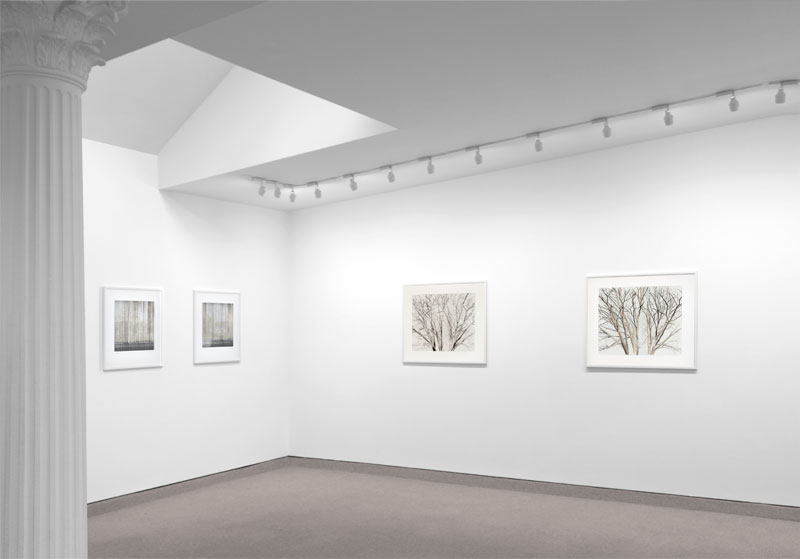
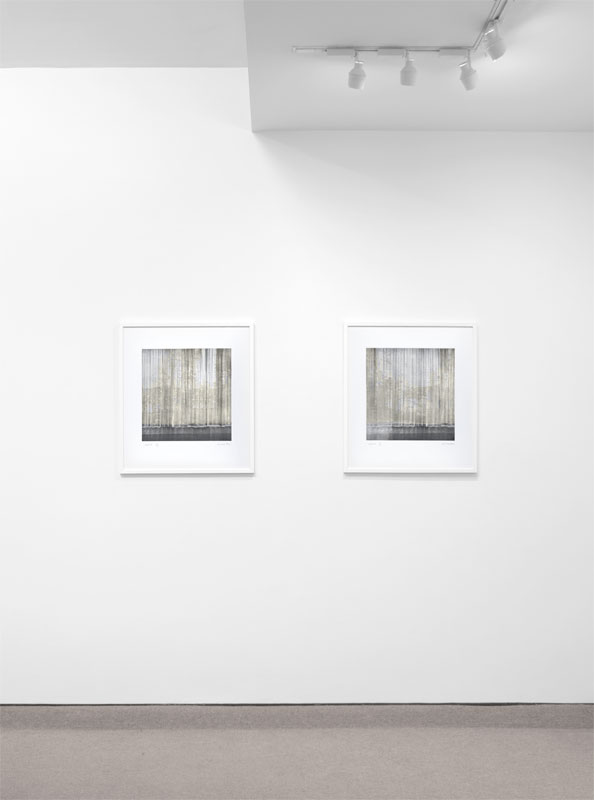
Image size: 17 x 16 1/4 inches (43.2 x 41.3 cm)
Paper size: 26 1/8 x 23 inches (66.4 x 58.4 cm)
Edition of 25
Signed lower right, numbered and titled lower left in graphite
(Inventory #28528)
Image size: 17 x 16 1/4 inches (43.2 x 41.3 cm)
Paper size: 26 1/8 x 23 inches (66.4 x 58.4 cm)
Edition of 25
Signed lower right, numbered and titled lower left in graphite
(Inventory #28528)
Image size: 17 x 16 1/4 inches (43.2 x 41.3 cm)
Paper size: 26 1/8 x 23 inches (66.4 x 58.4 cm)
Edition of 25
Signed lower right, numbered and titled lower left in graphite
(Inventory #28529)
Image size: 17 x 16 1/4 inches (43.2 x 41.3 cm)
Paper size: 26 1/8 x 23 inches (66.4 x 58.4 cm)
Edition of 25
Signed lower right, numbered and titled lower left in graphite
(Inventory #28529)
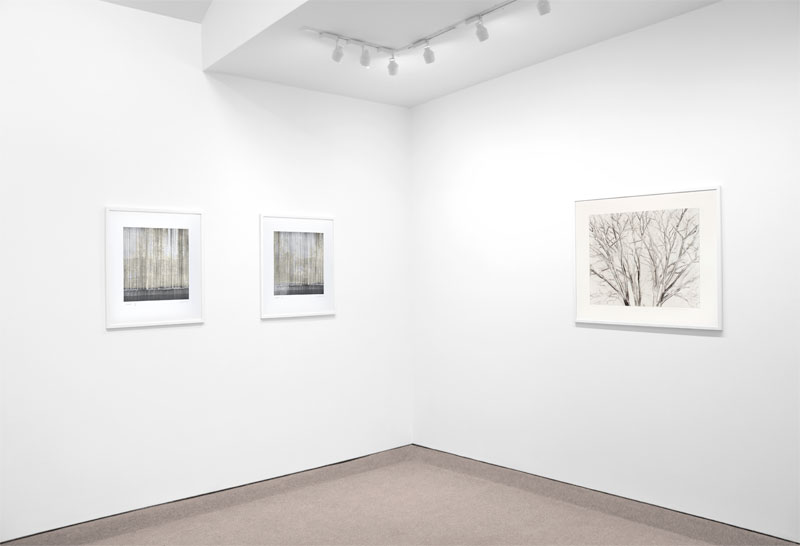
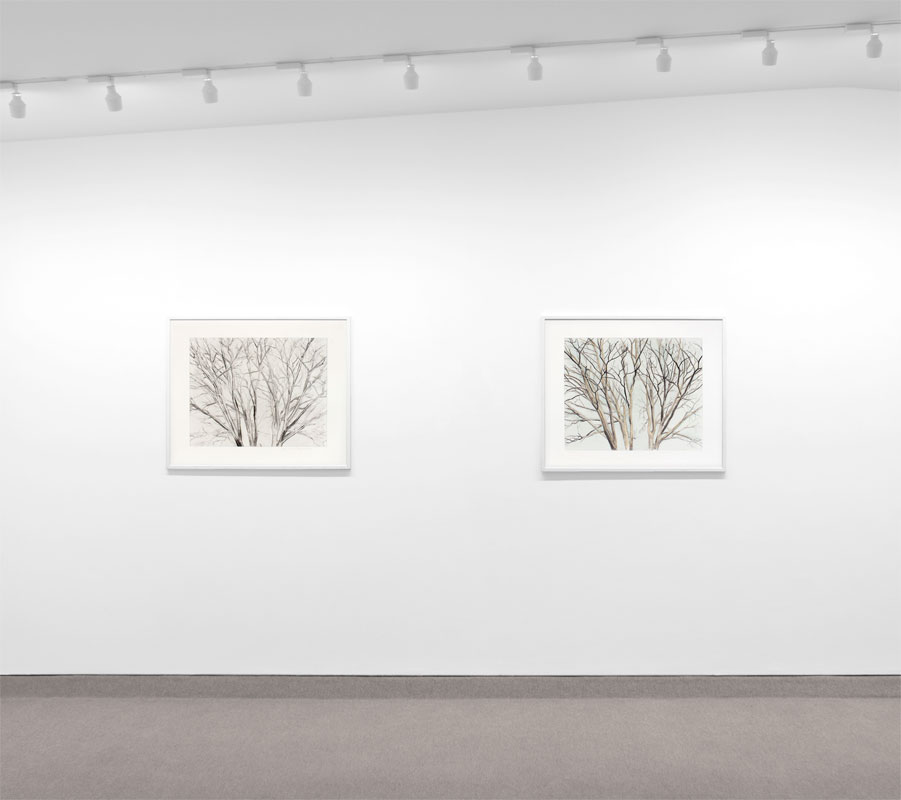
Edition of 30 and 10 AP
Signed and dated ‘Sylvia Plimack Mangold 2000’ lower right, numbered lower left
Image size: 22 1/4 x 28 inches (56.5 x 71.1 cm)
Paper size: 29 1/2 x 36 inches (74.9 x 91.4 cm)
(Inventory #24906)
Edition of 30 and 10 AP
Signed and dated ‘Sylvia Plimack Mangold 2000’ lower right, numbered lower left
Image size: 22 1/4 x 28 inches (56.5 x 71.1 cm)
Paper size: 29 1/2 x 36 inches (74.9 x 91.4 cm)
(Inventory #24906)
Image size: 22 1/4 x 28 inches (56.5 x 71.1 cm)
Paper size: 30 x 36 inches (76.2 x 91.4 cm)
Edition of 20
Signed and dated ‘Sylvia Plimack Mangold 2004’ lower right, numbered lower left in graphite
(Inventory #24904)
Image size: 22 1/4 x 28 inches (56.5 x 71.1 cm)
Paper size: 30 x 36 inches (76.2 x 91.4 cm)
Edition of 20
Signed and dated ‘Sylvia Plimack Mangold 2004’ lower right, numbered lower left in graphite
(Inventory #24904)
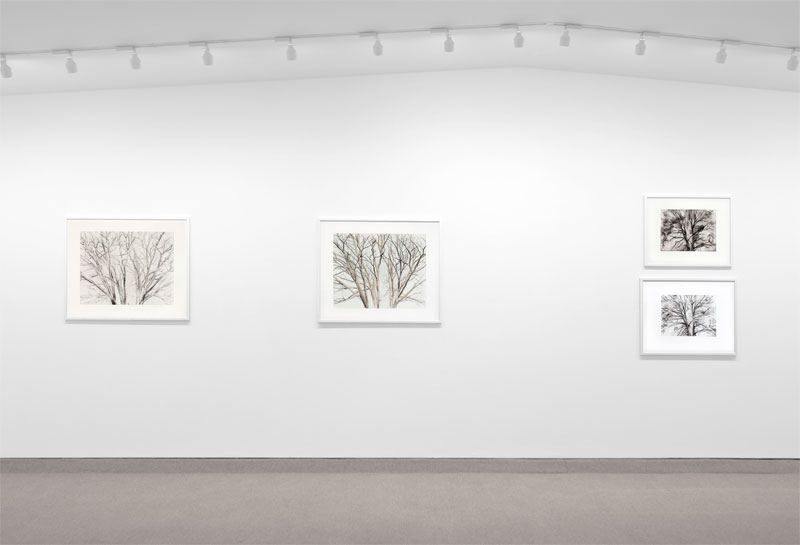
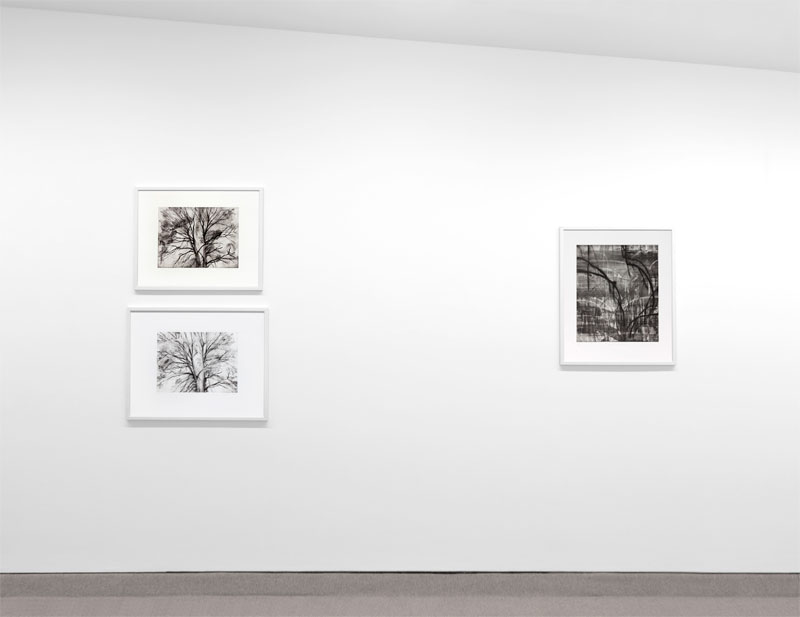
Image size: 12 7/8 x 16 7/8 inches (32.7 x 42.8 cm)
Paper size: 20 1/4 x 25 3/8 inches (51.4 x 64.4 cm)
Edition of 35
Signed and dated lower right, titled lower center and numbered lower left
(Inventory #21721)
Image size: 12 7/8 x 16 7/8 inches (32.7 x 42.8 cm)
Paper size: 20 1/4 x 25 3/8 inches (51.4 x 64.4 cm)
Edition of 35
Signed and dated lower right, titled lower center and numbered lower left
(Inventory #21721)
Image size: 13 x 17 inches (33 x 43 cm)
Paper size: 22 x 28 inches (55.9 x 71 cm)
Edition of 25, 10 AP
Signed ‘Sylvia Plimack Mangold’ and dated lower right, numbered lower left and titled lower center
(Inventory #25624)
Image size: 13 x 17 inches (33 x 43 cm)
Paper size: 22 x 28 inches (55.9 x 71 cm)
Edition of 25, 10 AP
Signed ‘Sylvia Plimack Mangold’ and dated lower right, numbered lower left and titled lower center
(Inventory #25624)
Image size: 19 7/8 x 17 inches (50.5 x 43.2 cm)
Paper size: 27 x 22 5/8 inches (68.6 x 57.5 cm)
Edition of 10
(Inventory #12257)
Image size: 19 7/8 x 17 inches (50.5 x 43.2 cm)
Paper size: 27 x 22 5/8 inches (68.6 x 57.5 cm)
Edition of 10
(Inventory #12257)
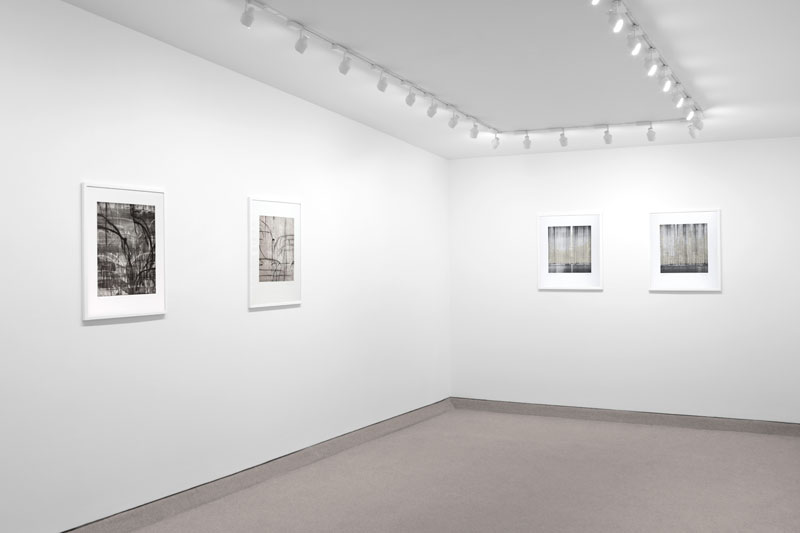
Image size: 17 7/8 x 15 7/8 inches (45.4 x 40.3 cm)
Paper size: 27 5/8 x 22 inches (70.2 x 55.9 cm)
Signed ‘Mazur’ lower right; ‘1/1’ lower left in graphite; Blind Estate Stamped lower right
(Inventory #28252)
Image size: 17 7/8 x 15 7/8 inches (45.4 x 40.3 cm)
Paper size: 27 5/8 x 22 inches (70.2 x 55.9 cm)
Signed ‘Mazur’ lower right; ‘1/1’ lower left in graphite; Blind Estate Stamped lower right
(Inventory #28252)
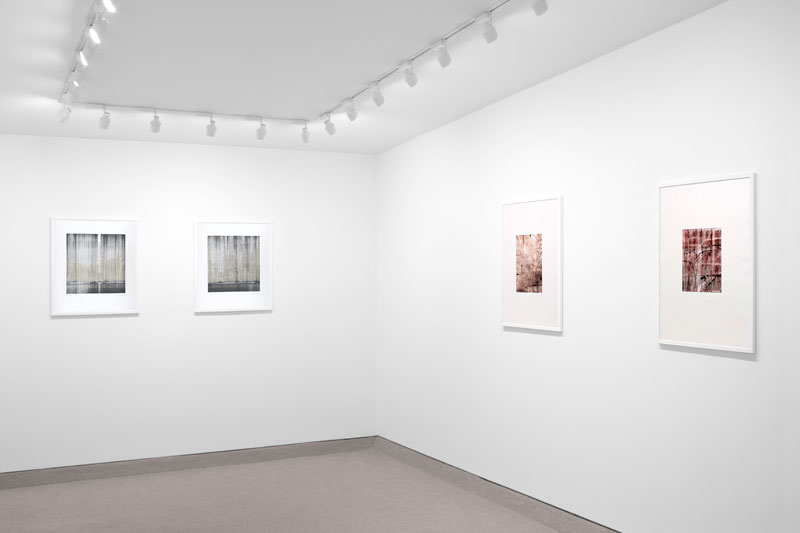
Image size: 17 x 16 1/4 inches (43.2 x 41.3 cm)
Paper size: 26 1/8 x 23 inches (66.4 x 58.4 cm)
Edition of 25
Signed lower right, numbered and titled lower left in graphite
(Inventory #28530)
Image size: 17 x 16 1/4 inches (43.2 x 41.3 cm)
Paper size: 26 1/8 x 23 inches (66.4 x 58.4 cm)
Edition of 25
Signed lower right, numbered and titled lower left in graphite
(Inventory #28530)
Image size: 17 x 16 1/4 inches (43.2 x 41.3 cm)
Paper size: 26 1/8 x 23 inches (66.4 x 58.4 cm)
Edition of 25
Signed lower right, numbered and titled lower left in graphite
(Inventory #28527)
Image size: 17 x 16 1/4 inches (43.2 x 41.3 cm)
Paper size: 26 1/8 x 23 inches (66.4 x 58.4 cm)
Edition of 25
Signed lower right, numbered and titled lower left in graphite
(Inventory #28527)
Image size: 13 3/4 x 10 3/8 inches (34.9 x 26.4 cm)
Paper size: 29 3/4 x 22 5/8 inches (75.6 x 57.5 cm)
Signed ‘Mazur’ lower right; ‘1/1’ lower left in graphite
(Inventory #28248)
Image size: 13 3/4 x 10 3/8 inches (34.9 x 26.4 cm)
Paper size: 29 3/4 x 22 5/8 inches (75.6 x 57.5 cm)
Signed ‘Mazur’ lower right; ‘1/1’ lower left in graphite
(Inventory #28248)
Image size: 11 3/4 x 9 1/2 inches (29.8 x 24.1 cm)
Paper size: 30 x 22 inches (76.2 x 55.9 cm)
Signed ‘Mazur’ lower right; ‘1/1’ lower left in graphite
(Inventory #28251)
Image size: 11 3/4 x 9 1/2 inches (29.8 x 24.1 cm)
Paper size: 30 x 22 inches (76.2 x 55.9 cm)
Signed ‘Mazur’ lower right; ‘1/1’ lower left in graphite
(Inventory #28251)
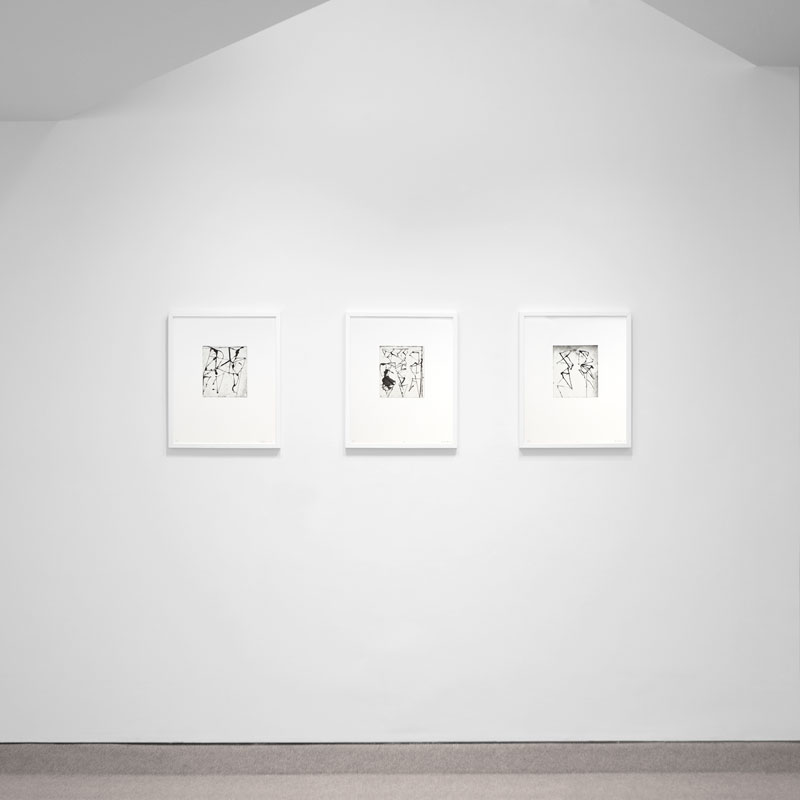
Image size: 8 x 6 7/8 inches (20.3 x 17.5 cm)
Paper size: 19 5/8 x 15 7/8 inches (49.8 x 40.3 cm)
Edition of 45
Signed in pencil, dated and inscribed ‘PP 1’, annotated 10
(Inventory #26327)
Image size: 8 x 6 7/8 inches (20.3 x 17.5 cm)
Paper size: 19 5/8 x 15 7/8 inches (49.8 x 40.3 cm)
Edition of 45
Signed in pencil, dated and inscribed ‘PP 1’, annotated 10
(Inventory #26327)
Image size: 8 x 6 7/8 inches (20.3 x 17.5 cm)
Paper size: 19 5/8 x 15 7/8 inches (49.8 x 40.3 cm)
Edition of 45
Signed in pencil, dated and inscribed ‘PP 1’, annotated 9
(Inventory #26326)
Image size: 8 x 6 7/8 inches (20.3 x 17.5 cm)
Paper size: 19 5/8 x 15 7/8 inches (49.8 x 40.3 cm)
Edition of 45
Signed in pencil, dated and inscribed ‘PP 1’, annotated 9
(Inventory #26326)
Image size: 8 x 6 7/8 inches (20.3 x 17.5 cm)
Paper size: 19 5/8 x 15 7/8 inches (49.8 x 40.3 cm)
Edition of 45, 1 PP
Signed in pencil, dated and annotated 3
(Inventory #26320)
Image size: 8 x 6 7/8 inches (20.3 x 17.5 cm)
Paper size: 19 5/8 x 15 7/8 inches (49.8 x 40.3 cm)
Edition of 45, 1 PP
Signed in pencil, dated and annotated 3
(Inventory #26320)
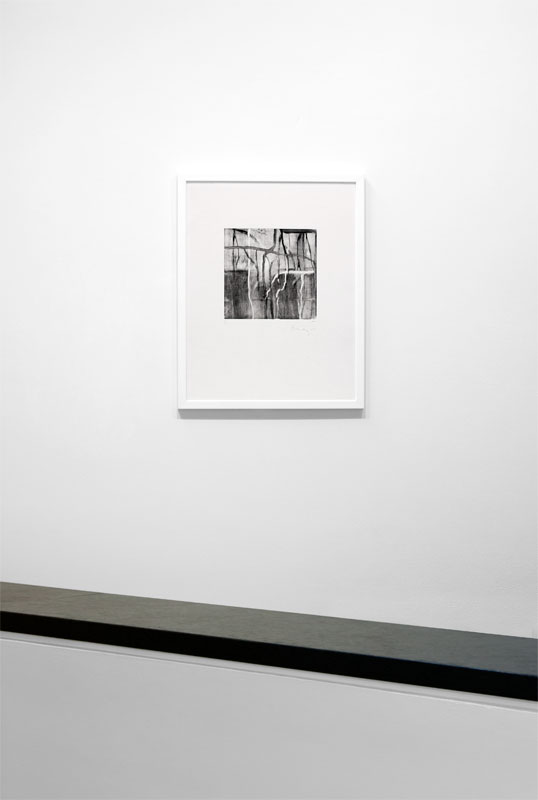
Image size: 7 7/8 x 8 1/8 inches (20 x 20.6 cm)
Paper size: 19 1/8 x 15 inches (48.6 x 38.1 cm)
Signed and dated ‘Mazur’ ’94 lower right; ‘1/1’ lower left in graphite; Blind Estate Stamped lower right
(Inventory #28246)
Image size: 7 7/8 x 8 1/8 inches (20 x 20.6 cm)
Paper size: 19 1/8 x 15 inches (48.6 x 38.1 cm)
Signed and dated ‘Mazur’ ’94 lower right; ‘1/1’ lower left in graphite; Blind Estate Stamped lower right
(Inventory #28246)
No results found.
10 Newbury Street, Boston, Massachusetts 02116
617-262-4490 | info@krakowwitkingallery.com
The gallery is free and open to the public Tuesday – Saturday, 10am – 5:30pm